Upon arriving at Bodegas Muga we were first greeted with large boxes of Viura grapes being delivered to the winery. David Muga joined our group who would be leading the entire tour. He informed us that today was the first day of Viura harvest, Tuesday 1 October 2013. Usually starting in late August to early September, these Viura grapes were 3 to 4 weeks late. Rain in April delayed growing. The first pick Viura grapes will be used in their Cava Conde de Haro with a little Macabeo added.
David Muga gave us a brief introduction to the winery –
- Started in 1932 and has always been 100% family-owned, not typical in Rioja. They have the ability to sell majority of their grape juice in poor vintages to focus on their Reserva wines.
- Classical wine-making with a slightly modern style.
- No Stainless Steel tanks. All barriques and fermentation tanks are oak and made by their own in-house cooperage. The fermentation barrels last 20+ years, and 100+ years for storage.
- In the vineyard, all the grapes are hand-picked. 1 person per day can harvest 70 kg. Their 70,000 ha of vineyards require 100 people for 1 month during harvest. Total production is typically 2 million bottles per year.
We first headed into what they call the “Big Tanks” fermentation room. Each can hold 55,000 litres. There was a slight “explosion” in the picture below. You can see the red grape must on the ceiling. Again, no stainless steel fermentation tanks.
Next was the past vintage storing room with bottles down to their first vintage. I almost took a 1983 vintage, my birth year, until David said it was not such a great vintage… bummer!
Next was the “Small Tanks” fermentation room. Again, no stainless steel.
The first of many barrel rooms was downstairs where new un-filled barrel were stored. We noticed the barrels have two openings at the head. The two openings allow the winemaker to rack off the sediment at different levels depending on how much sediment the wine throws. Looking at the date on the head, the barrels were just barely over 1 month old. There were normal 225 liter Bordeaux style barriques (laying down) and 500 liter barrels (standing up).
Main barrel room. In total Muga holds 16,000 barrels. 80% French / 20% American. The size of this room was impressive and over-whelming. You can see it’s about 20+ rows long, and it’s equally just as wide!
Riddling room – 20,000 bottles all riddling by hand. No gyropalette’s here!
Barrel aging room for their higher-end reds.
David Muga demonstrated their fining clarification method. Using the same apparatus, 1 employee seperates the yolk from the egg white. Whites from 300 eggs is required for 1 large 55,000 liter barrel. The whites are poured into the top of the barrel which takes 30 days to settle to the bottom of the barrel, grabbing all sediment along. The clarified wine is poured off, while the sediment egg white mixture is sent out to the vineyard and used for fertilizer.
Off-site cooperage that produces all the barrels for the winery. They are one of the very few Spanish wineries that employ three coopers plus a “cubero” (who specializes in the big casks).
Finally, lunch and a tasting.
2012 Blanco: 100% Viura, sometimes blended with Malvasia.
2012 Rose: 60% Garnacha 30% Viura 10% Tempranillo. This was one of the first bottles of 2012 Rose opened, not yet released. Juan Muga (in the background on his iPhone) states the demand for Blanco has put a restriction on the amount of Rose they can produce. The wine was very mineral, showing a ton of terroir with just the right about of fruit to balance. It’s not made saignée but rather a blend of grapes (one of the few appellations that allows this method).
El Presidente ISACÍN MUGA graced us with his presence towards the end of our tasting (pictured standing on the left).
A few other wine notes:
- 2009 Rioja Reserva: 09 was an outstanding vintage compared to the lesser 07 and 08. 70% Tempranillo, 20% Garnacha, 10% Mazuelo & Graciano
- 2009 Selecion Especial: Same varietal breakdown as the Reserva but older vines, 6 months new French oak, and 2+ years in 3 to 4 year old oak.
- 2005 Prado Enea Gran Reserva: “House of Prado” which the winery was originally a soap factory. 80% Tempranillo and 20% Garnacha/Mazuelo/Graciano. Aged 36 months in barrel, 36 months minimum in bottle. Usually ages a total of 7 years until release.
- 2009 Torre Muga: 75% Tempranillo 15% Mazuelo 10% Graciano. First produced in 1981 and is made from 75 year old vines.
- 2009 Aro: 70% Tempranillo 30% Graciano. 4,000 bottle production from 80-90 year old vines. Aro is the name of the village where the vineyard resides. Note the label change for the 2009 vintage below.
Minestra – a traditional stewed vegetable soup in Rioja, with Artichoke Hearts, Peas, Cardoons, Celery and Ham Bits.
Spicy White Bean Soup (after a few days in Spain is a staple in their lunches) with Chorizo and Pocha Beans, a traditional green bean that turns white after cooking from Navarra. Still one of the best dishes I’ve ever had, and I’ve been unable to recreate it.
For the main course: Baby Lamb – something you see a lot of in Spain.
Dessert – 4 hour poached Pear with Muga Reserva wine with Cinnamon and Muga Reserva reduction.
For post-dessert, the Muga family opened a few older wines to show the ageability of their grapes.
- 1994 Prado Enea Magnum
- 2001 Aro
- 1991 Muga Gran Reserva
Like most lunches and dinners in Spain, my notes stopped and my iPhone was ignored. Now it was about the experience with our new friends, who treated us like their family. Thanks!

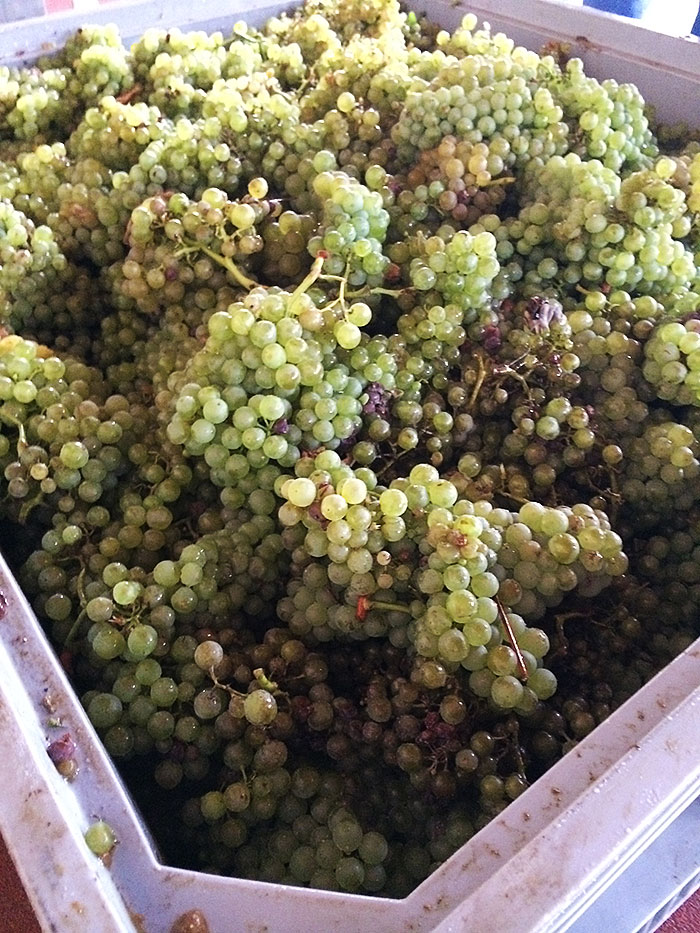


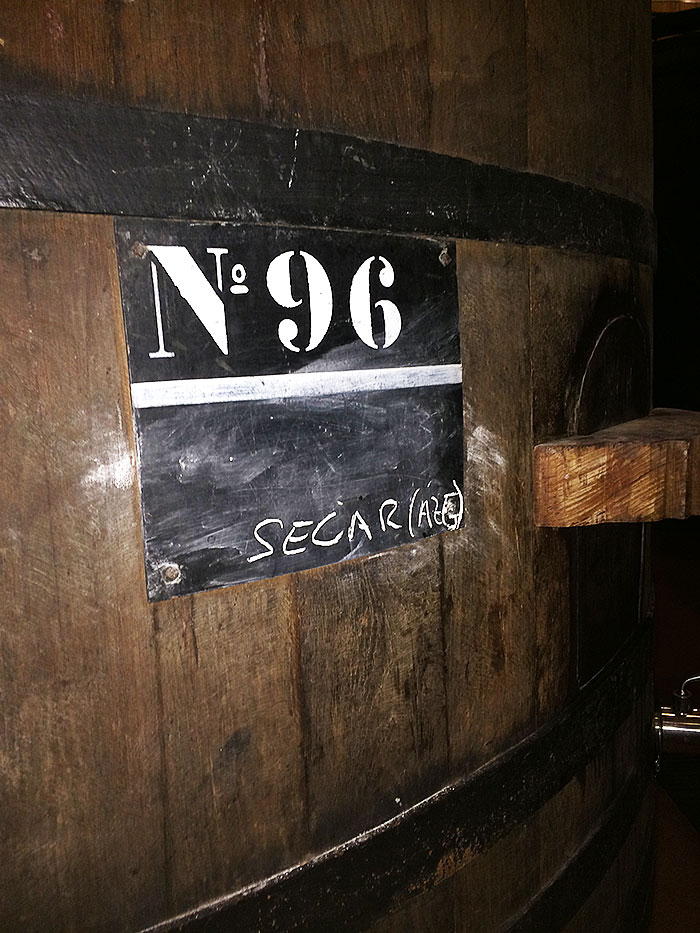
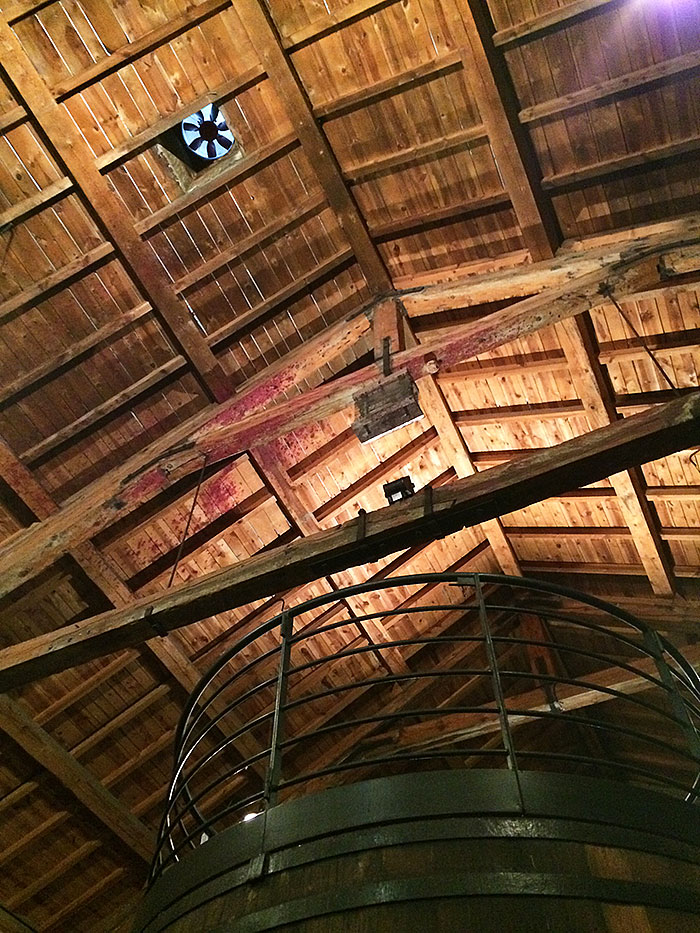
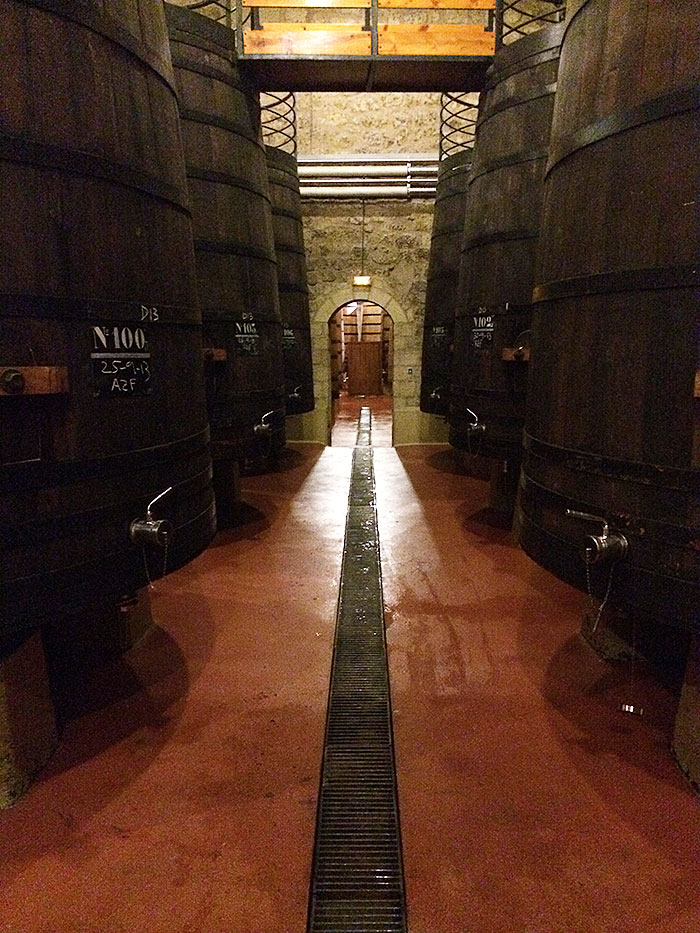

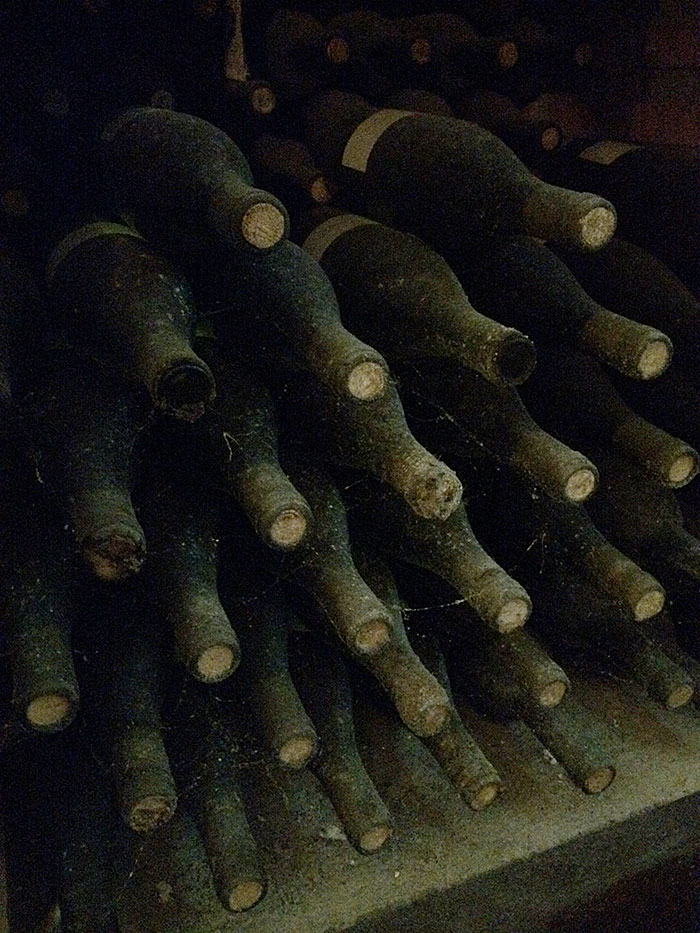















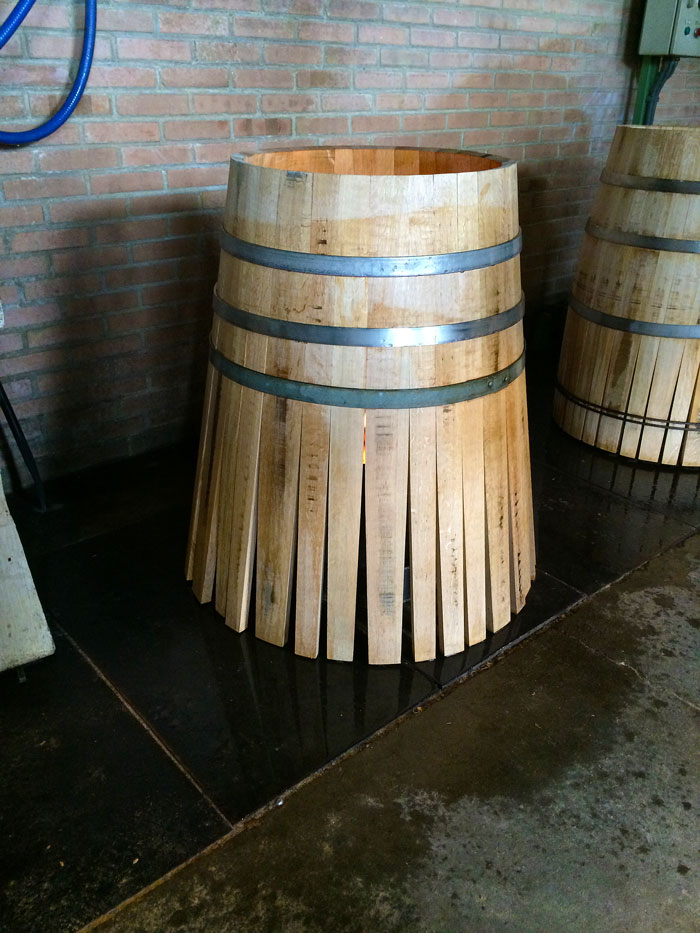






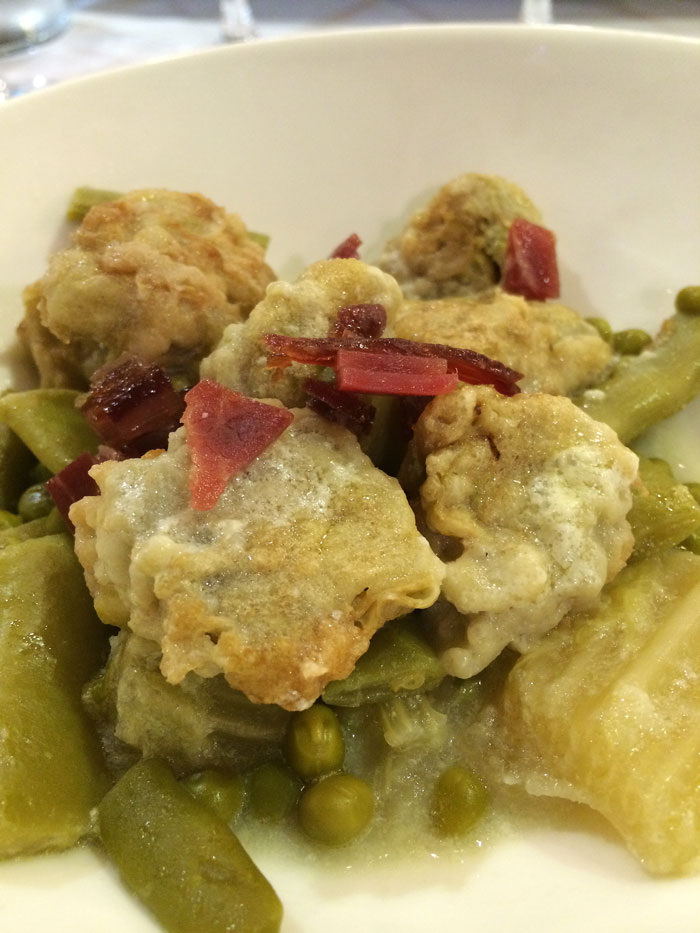

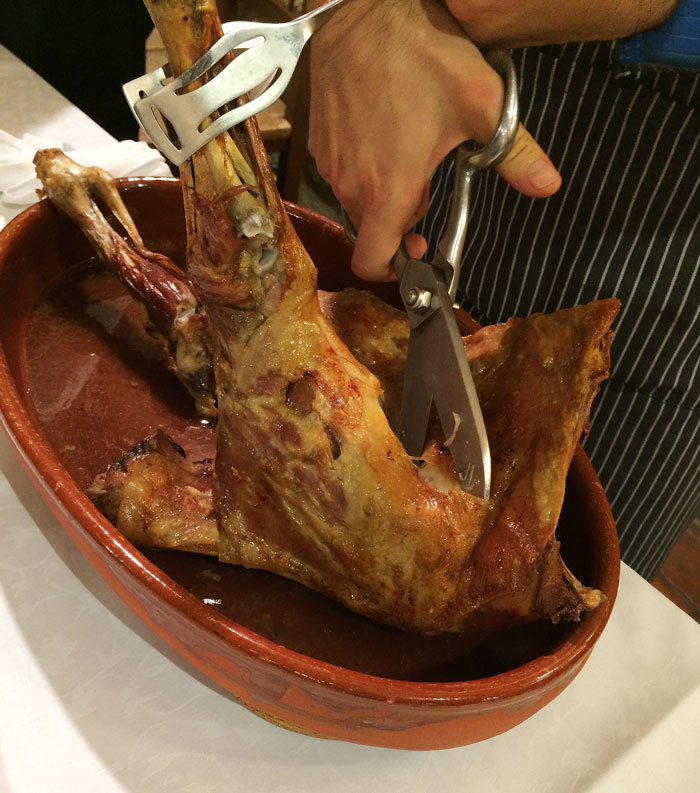
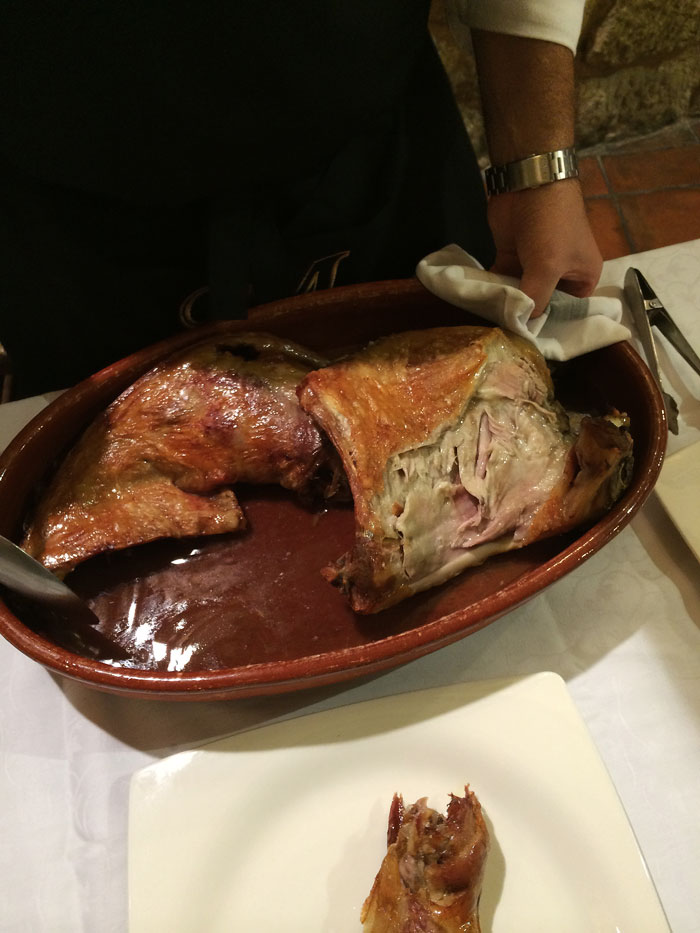
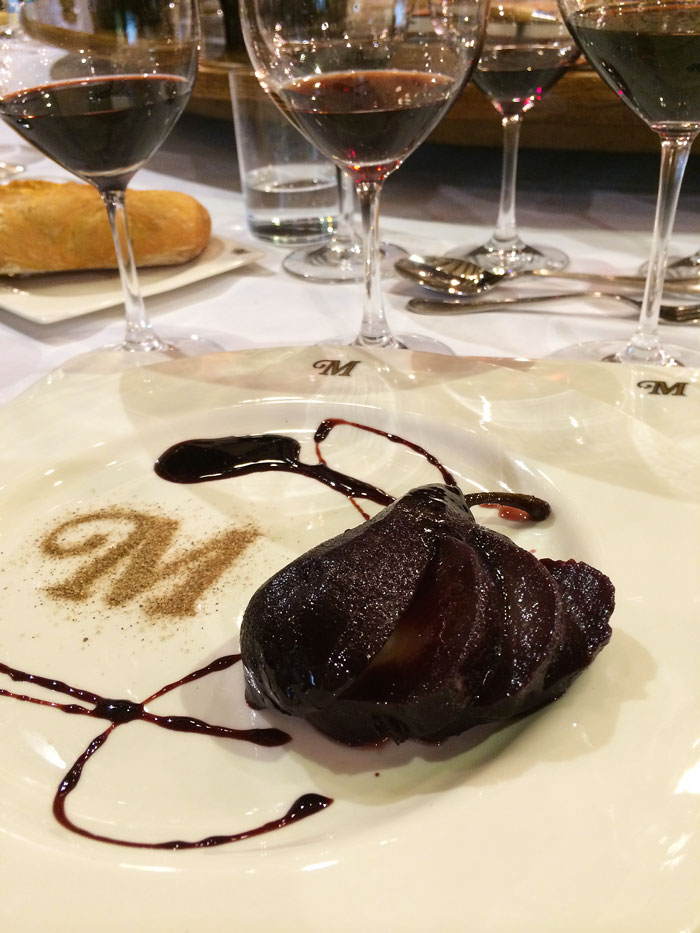

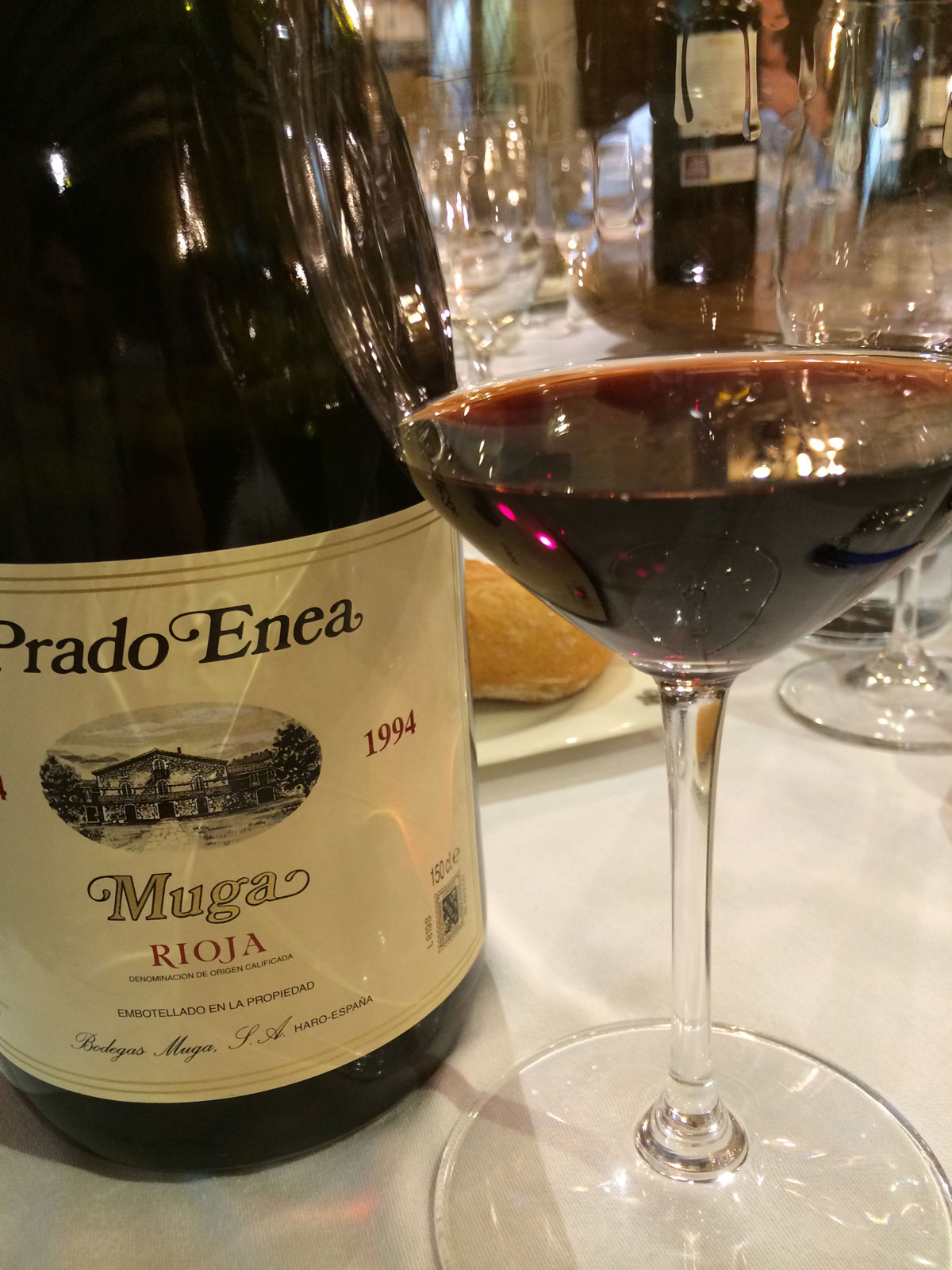


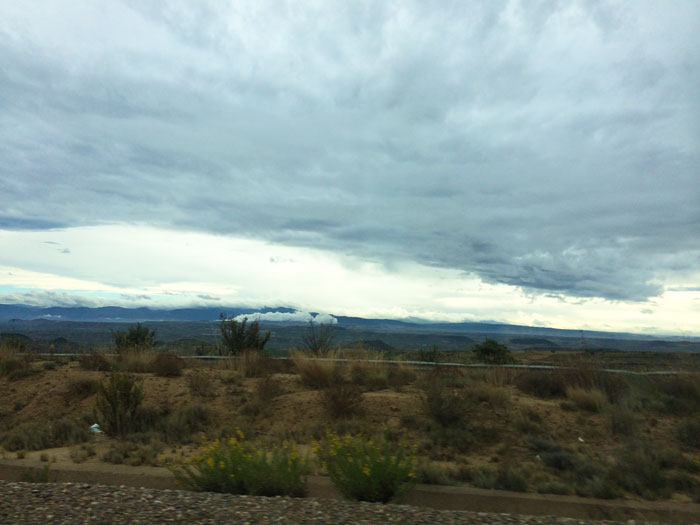
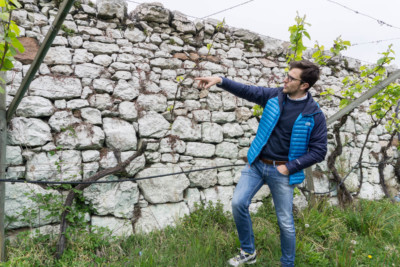

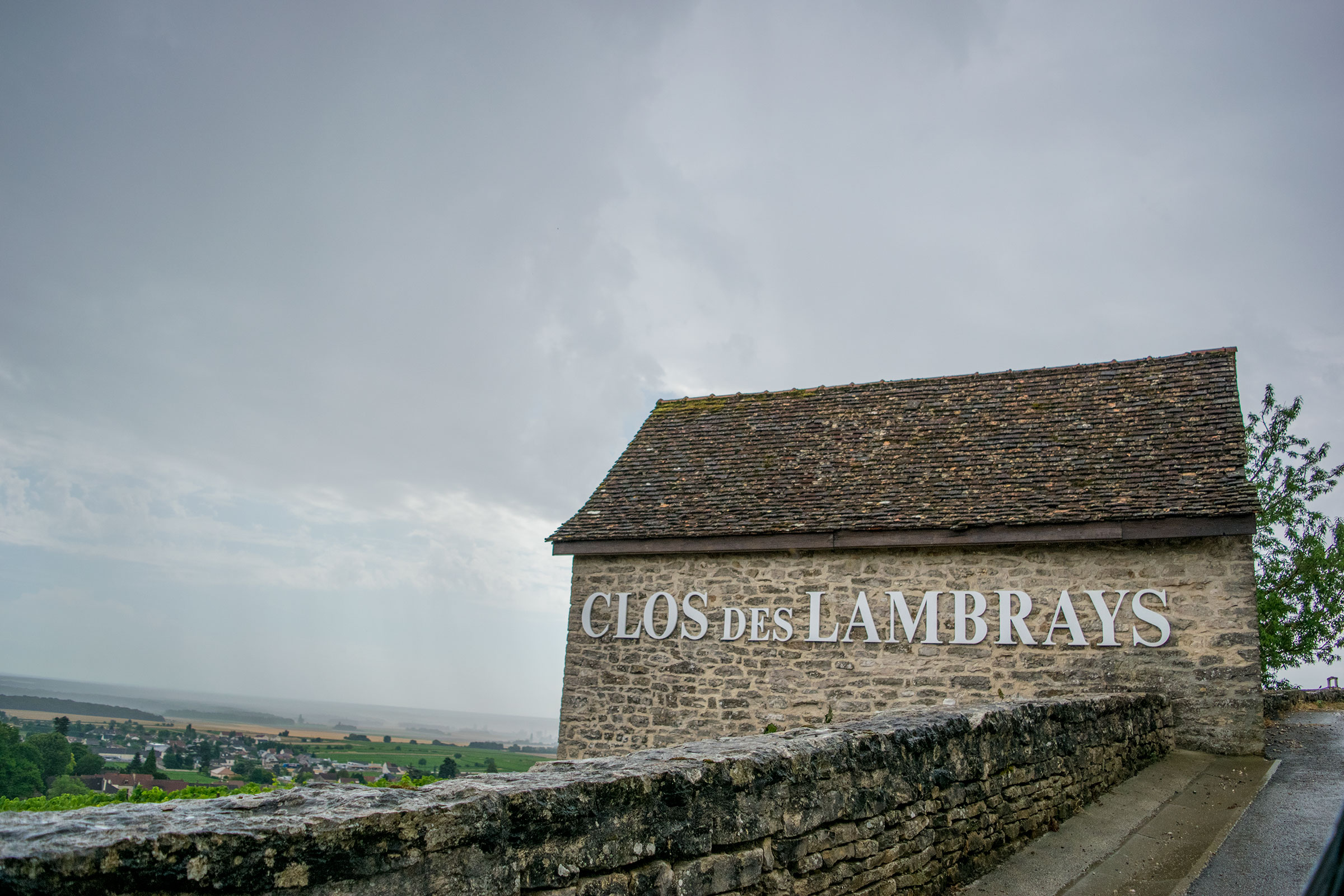
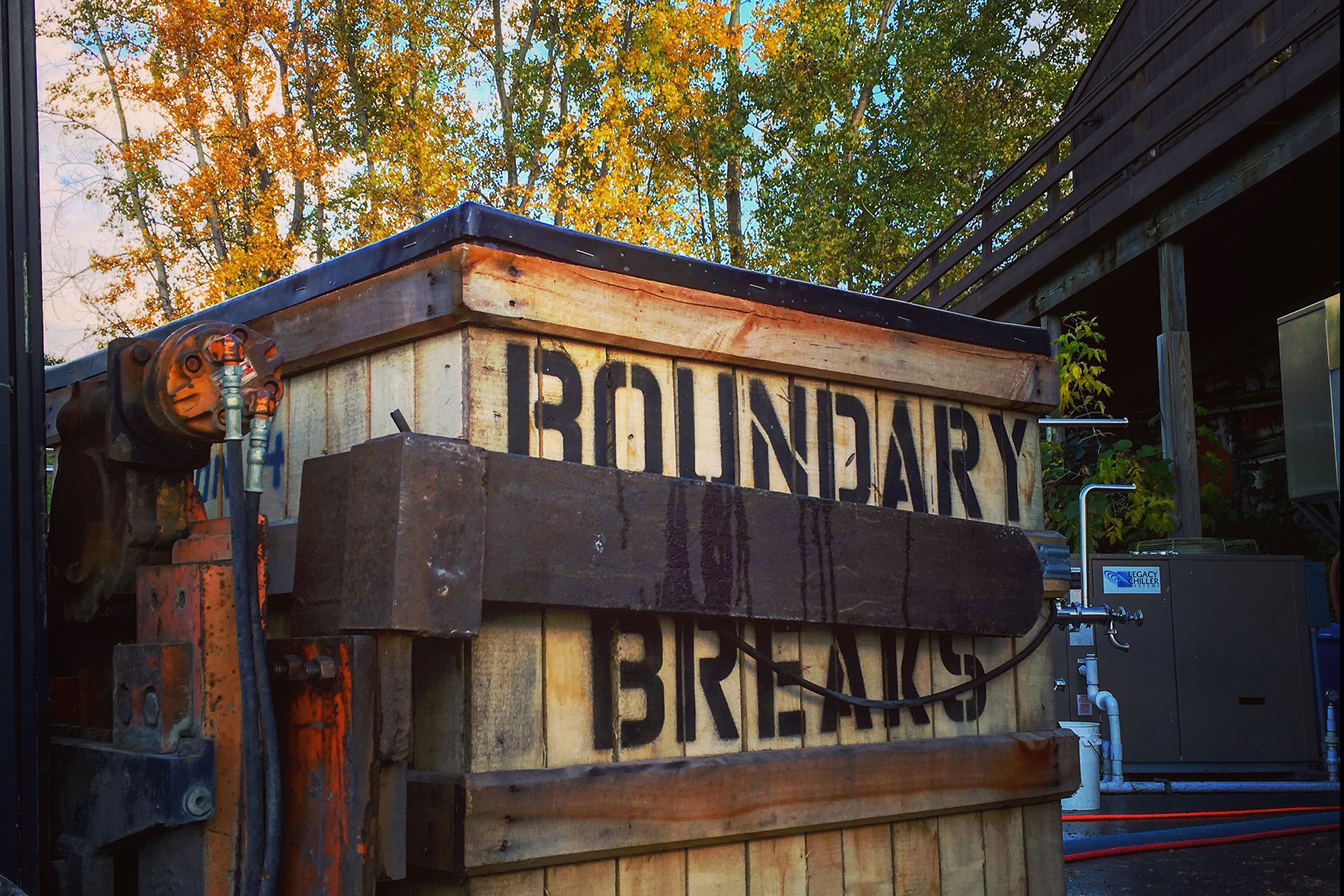
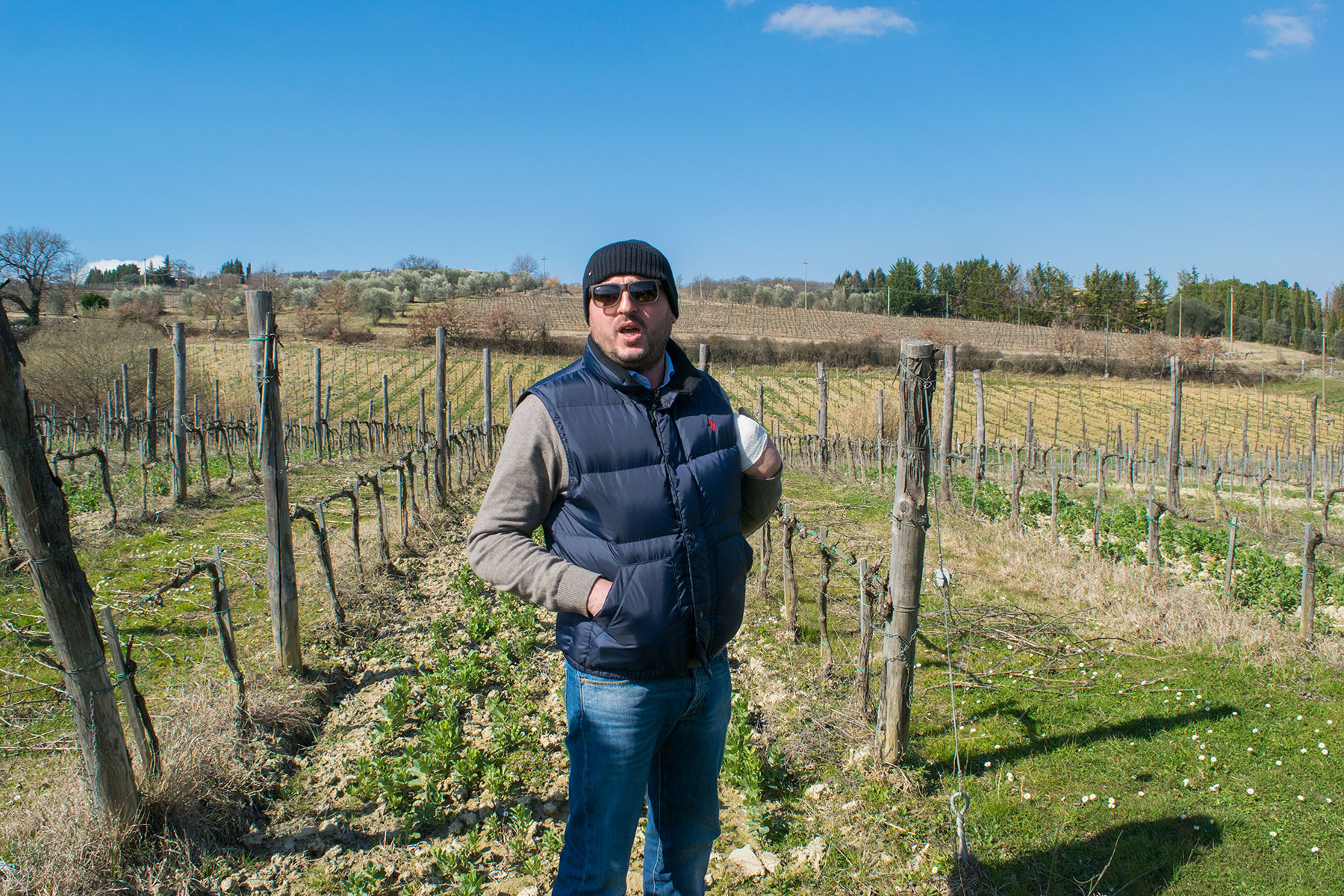
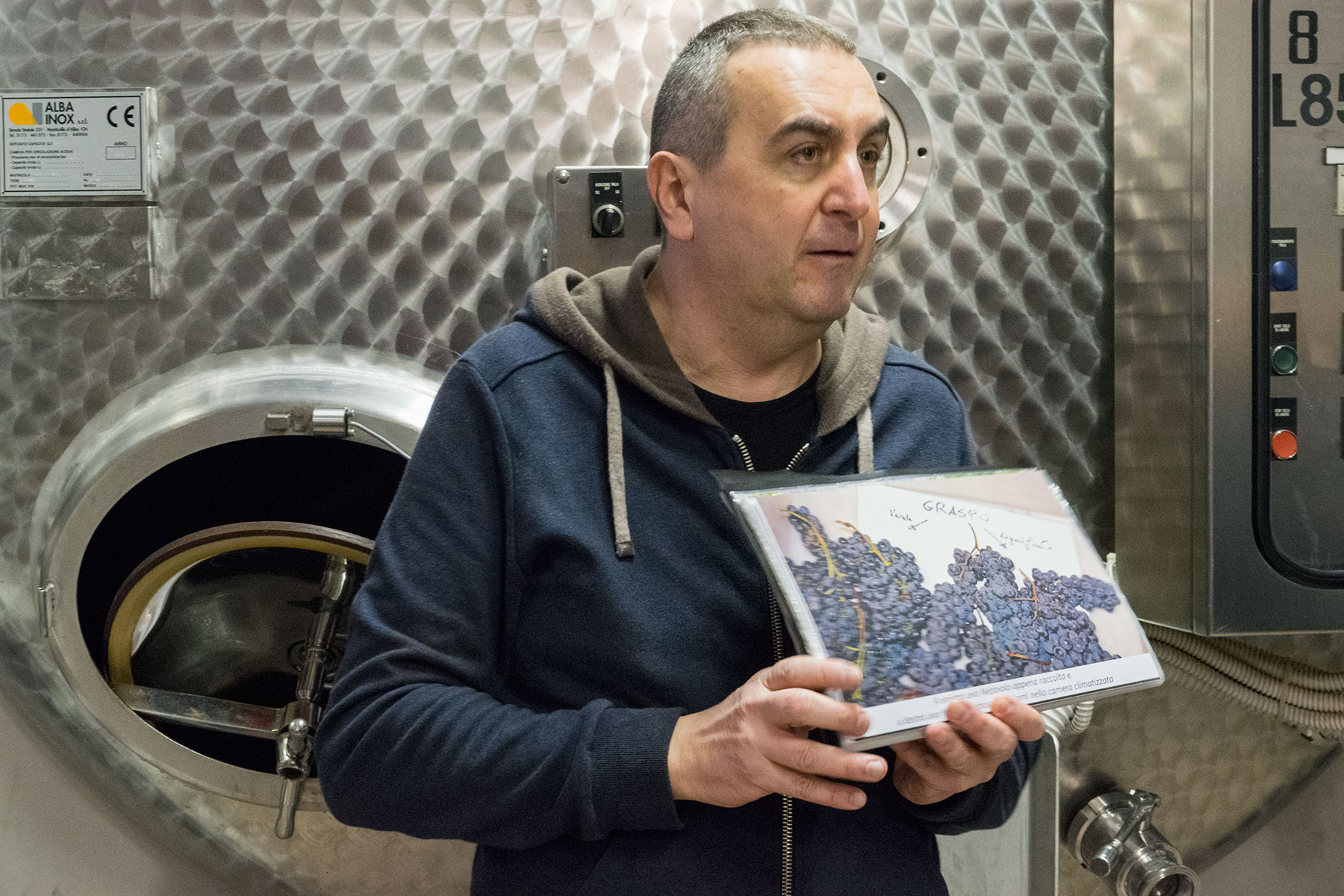
Leave A Comment
You must be logged in to post a comment.